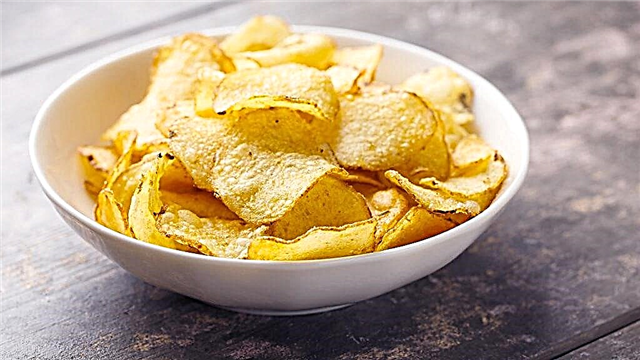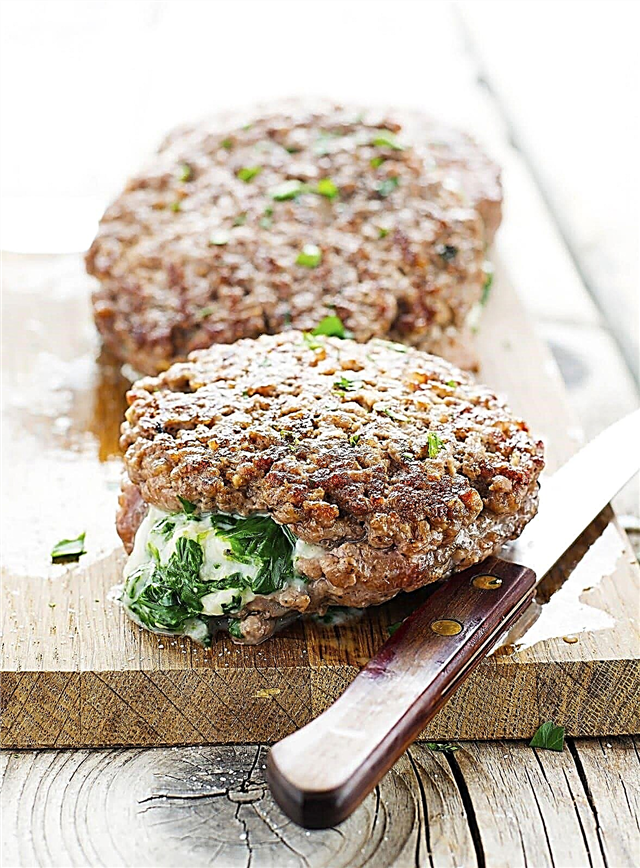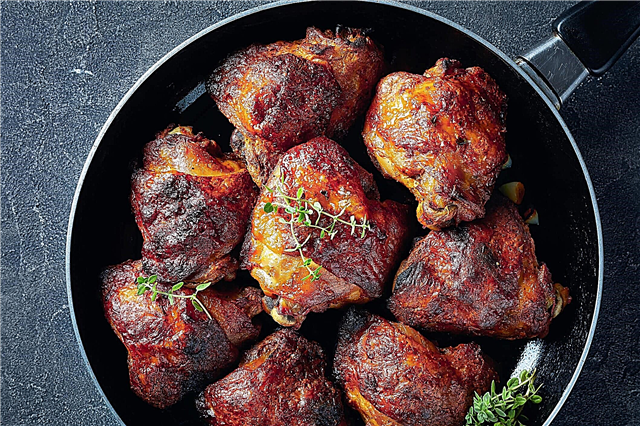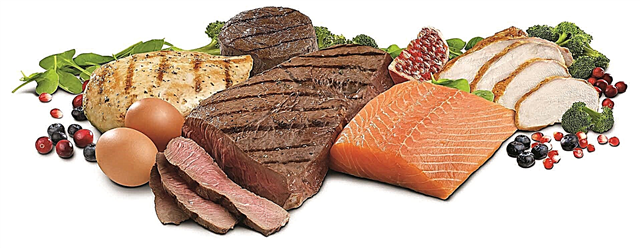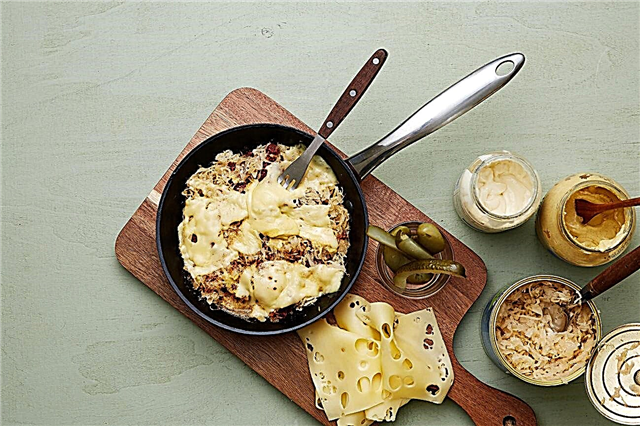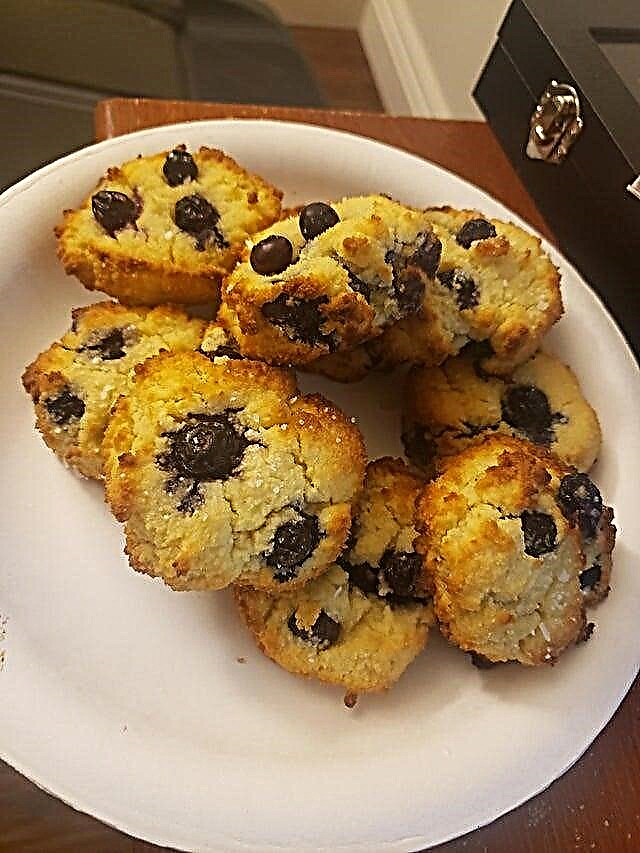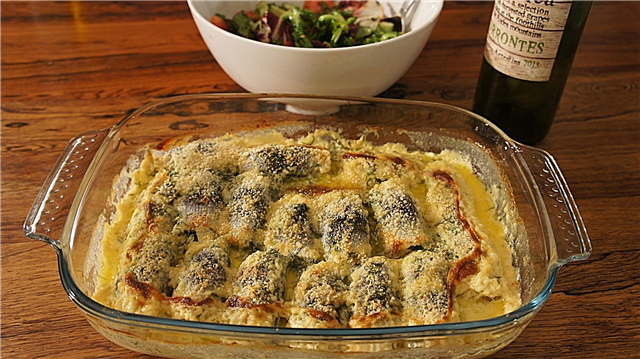
Anyone who has tried to change their eating habits knows how difficult it is. As soon as you find yourself at a table where food that you have firmly decided not to eat, for example, pizza, cakes, sweets or fries, is lavishly laid out, your hands, against your will, reach for a piece of something “forbidden”. But it’s not just a weakness of our will or an obsession with advertising: an Italian study published in the journal Brain and Cognition shows how food cravings can control our motor functions.
Researchers led by Dr. Francesca Foroni conducted an interesting experiment. It was attended by 57 volunteers - men and women with normal weight. They were given a simple task: as quickly as possible, draw a line on the tablet computer screen connecting two dots at the bottom and top of the display. At the same time, each time a distracting picture appeared on the screen: an image of food or kitchen utensils, for example, toasters, or knives. The food in the pictures could be either processed, for example, a slice of pizza, or natural, for example, a fruit, but the images were selected according to the principle of the same calorie content. Participants had to rate the products shown to them on a number of parameters (including how much they like them and how healthy or harmful they think they are), as well as select various verbal associations for them - positive or negative.
After analyzing the lines drawn by the participants, the scientists found that they all deviated from the optimal trajectory connecting the two points, and curved towards the image of food: as if the pictures attracted the hands of the participants, like magnets. This supports the assumption that food and associated stimuli can intercept our attention and influence our actions, even not related to food. As if the products themselves are addressing us: "Eat me, eat me!" and we subconsciously respond to this call.
The effect of the "motor attraction" of the image of food was found in both men and women, moreover, who did not feel hunger at the time of the experiment. This effect was independent of participants' body mass index and dietary intake. But the researchers found that processed foods that participants thought were unhealthy and that they associated with negative words were clearly more attractive to participants than pictures of healthy natural foods. Moreover, for participants with a more pronounced negative attitude towards unhealthy processed foods, the "attraction" effect was stronger.
This result may seem paradoxical - it would be natural to assume that our hands should be repelled by the image of food, which makes us feel dangerous, but in reality everything is exactly the opposite. According to Dr. Foroney and her colleagues, this shows that, on a subconscious level, a sense of danger can more strongly attract our attention and control our movements. In addition, unsafe food can be perceived as a forbidden delicacy, which further enhances its attraction.
The fact that food images can serve as a powerful stimulus is known from earlier research and from everyday life: it's not for nothing that photos of various dishes have filled social networks and are the most popular Instagram content. But this study shows for the first time how such images can subconsciously control our movements. Therefore, when your hand “by itself” reached for a piece of cake or for a piece of candy, do not forget to ask yourself the question: “Is it really worth eating or is it better to abstain?” And give a conscious answer to it.

